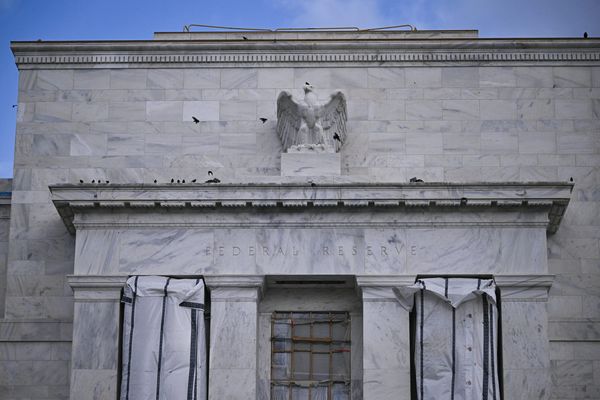
Nelson Mandela’s granddaughter has launched an augmented reality project to help people understand more about the stories of black Britons.
On the 32nd anniversary of Mandela’s release from prison, Tukwini Mandela said the initiative would “make black history more visible, so it’s never forgotten”. The technology also allowed her grandfather’s statue in London – which is in Parliament Square but was originally intended to be situated in Trafalgar Square – to be “brought to life”, she added.
People looking at the statue will be able to listen to a Make Poverty History speech Mandela made in front of a packed crowd in Trafalgar Square in 2005.
The aim was to transform Trafalgar Square into a permanent and immersive history lesson, educating people of the true legacies behind black British history, said Snap, the parent company of Snapchat, which has created the project in partnership with Black Cultural Archives.
Snap’s research showed that 53% of people say they do not know enough about black history. Twice as many people learned about black history from television and streaming services (43%) as did at school (21%).
The AR “Hidden Black Stories” Snapchat experience also shows a boxing ring to represent Bill Richmond and Tom Molineaux, two black boxers who lived in the 1700-1800s. A gym where Richmond trained was situated in Trafalgar Square, and was demolished around the time Nelson’s Column was erected. Molineaux, an American, was his protege.
It highlights a black sailor depicted on Nelson’s Column, believed to be George Ryan, in recognition of the role black sailors played in Nelson’s victory at Trafalgar.
Its users will also be able to learn more about Mary Seacole, whose statue stands in the grounds of St Thomas’ hospital, opposite the Houses of Parliament.
Seacole, who cared for wounded soldiers during the 19th century Crimean war was voted the greatest black Briton in 2004. After a 12-year campaign, her statue was erected in 2016.
Lisa Anderson, of Black Cultural Archives, said: “The opportunity to recognise these stories through cutting edge AR technology that reaches younger audiences is exciting and powerful. British history is full of incredible black people and hidden stories that deserve to be told.”







